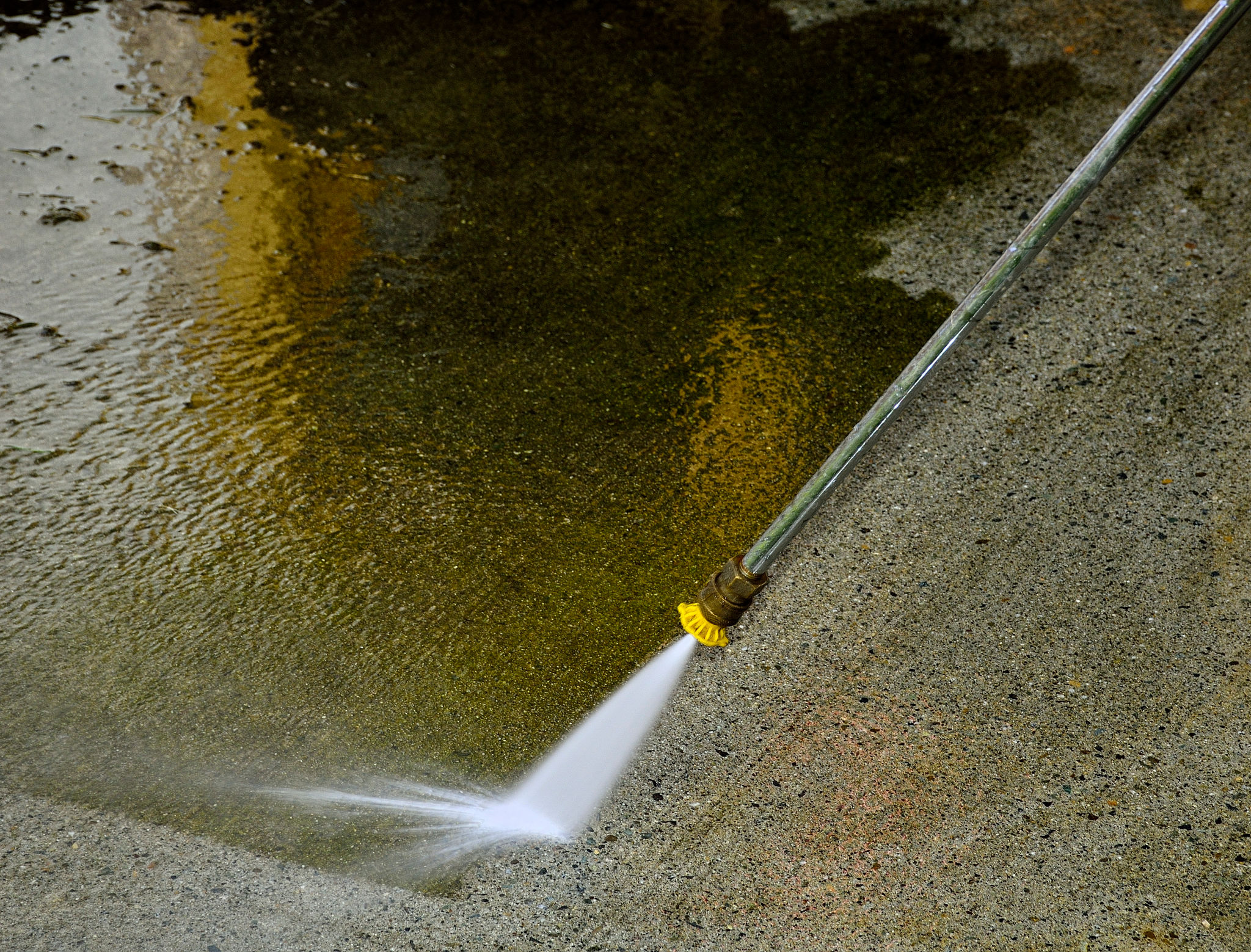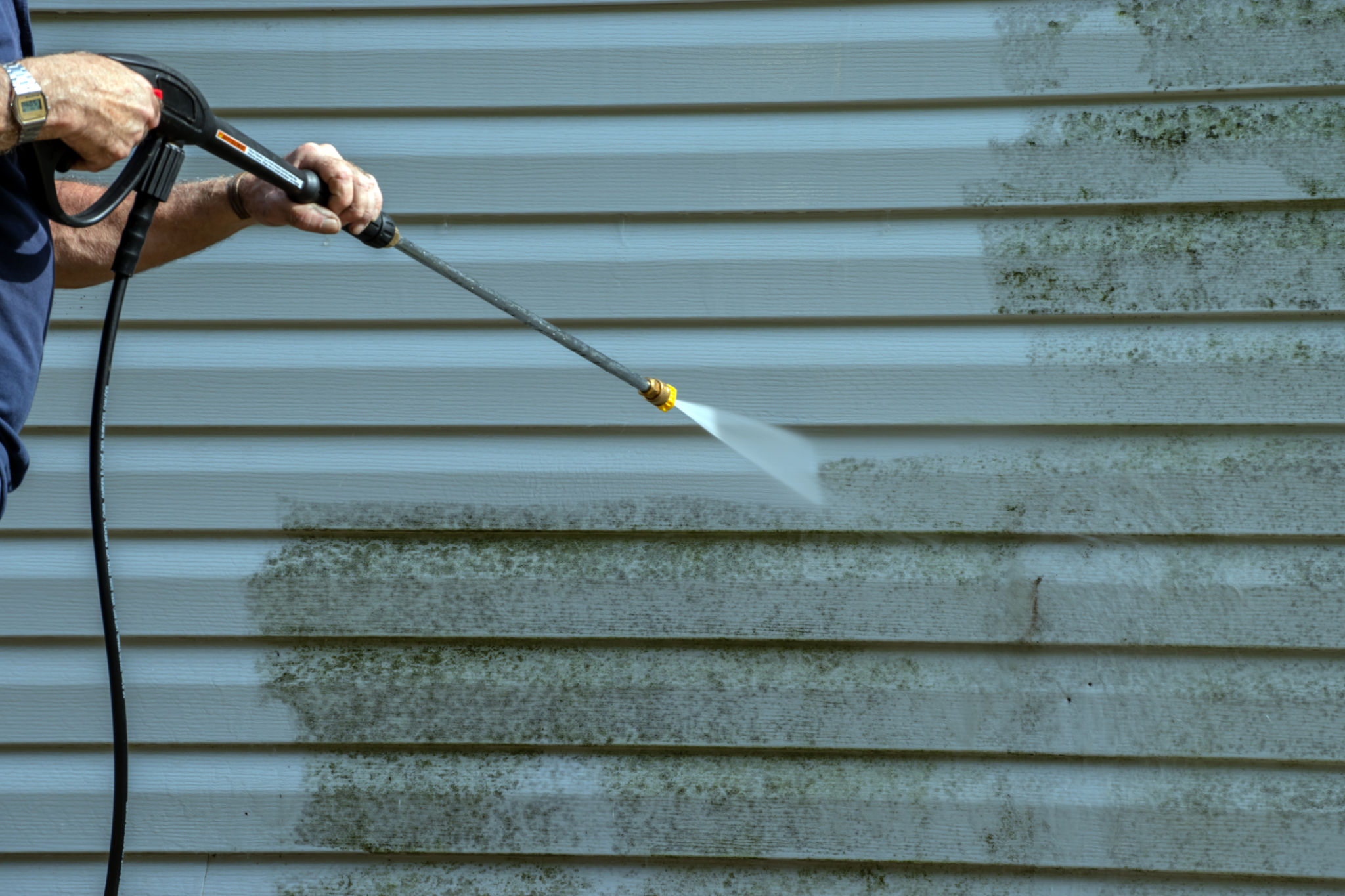DIY Power Washing: Expert Tips from Bedford's Top Professionals
Why Power Washing Matters
Power washing is an essential task for maintaining the appearance and longevity of your home's exterior. It removes dirt, grime, mold, and mildew that can damage surfaces over time. Regular power washing not only enhances curb appeal but also preserves property value.
In Bedford, where weather conditions contribute to the buildup of debris on exterior surfaces, power washing is particularly important. Whether you're preparing your home for sale or simply want to enjoy a cleaner environment, power washing offers a practical solution.

Choosing the Right Equipment
Before you start power washing, it's crucial to select the right equipment. There are various types of power washers, including electric and gas-powered models. For most residential tasks, an electric power washer is sufficient and easier to handle.
Consider the pressure level, measured in pounds per square inch (PSI), when choosing your equipment. For typical home surfaces like siding and decks, a PSI between 1,500 and 3,000 should be adequate. Always check manufacturer recommendations for specific surface requirements.
Accessories to Consider
Adding accessories like rotating nozzles and surface cleaners can enhance the effectiveness of your power washing. Rotating nozzles provide a more concentrated spray, while surface cleaners can speed up the process for large flat areas.

Prepping Your Home
Preparation is key to a successful power washing job. Start by clearing the area of any obstacles such as furniture or potted plants. Cover delicate plants and electrical outlets with plastic sheeting to protect them from water damage.
Inspect surfaces for cracks or damage before beginning. Power washing can exacerbate existing issues, so it's wise to repair any problems beforehand. Also, ensure that windows and doors are closed tightly to prevent water from seeping into your home.
Safety First
Always prioritize safety when power washing. Wear protective gear such as goggles and gloves to shield yourself from debris and cleaning solutions. Be mindful of your surroundings, especially when using ladders or working on elevated surfaces.

Effective Techniques
Technique matters when power washing. Hold the nozzle at a consistent distance from the surface—typically around 18 inches—to avoid causing damage. Move in a steady, sweeping motion to ensure even coverage and prevent streaking.
Start with a low-pressure setting and gradually increase it if necessary. Test a small, inconspicuous area first to make sure the pressure isn't too high for the surface. Always follow manufacturer instructions for both the power washer and any cleaning solutions used.
Avoiding Common Mistakes
Avoid common mistakes like using too much pressure or lingering too long on one area, which can strip paint or etch surfaces. Keep the nozzle moving at all times to prevent damage and maintain an even clean.

Post-Wash Care
After completing your power washing project, take time to inspect your work and address any missed spots. Rinse all surfaces thoroughly to remove any remaining soap or debris that could cause streaks or buildup.
Regular maintenance is key to keeping your home's exterior looking its best. Consider scheduling periodic power washes to prevent future buildup and maintain a fresh appearance. With these expert tips from Bedford's top professionals, you're well-equipped to tackle DIY power washing like a pro.